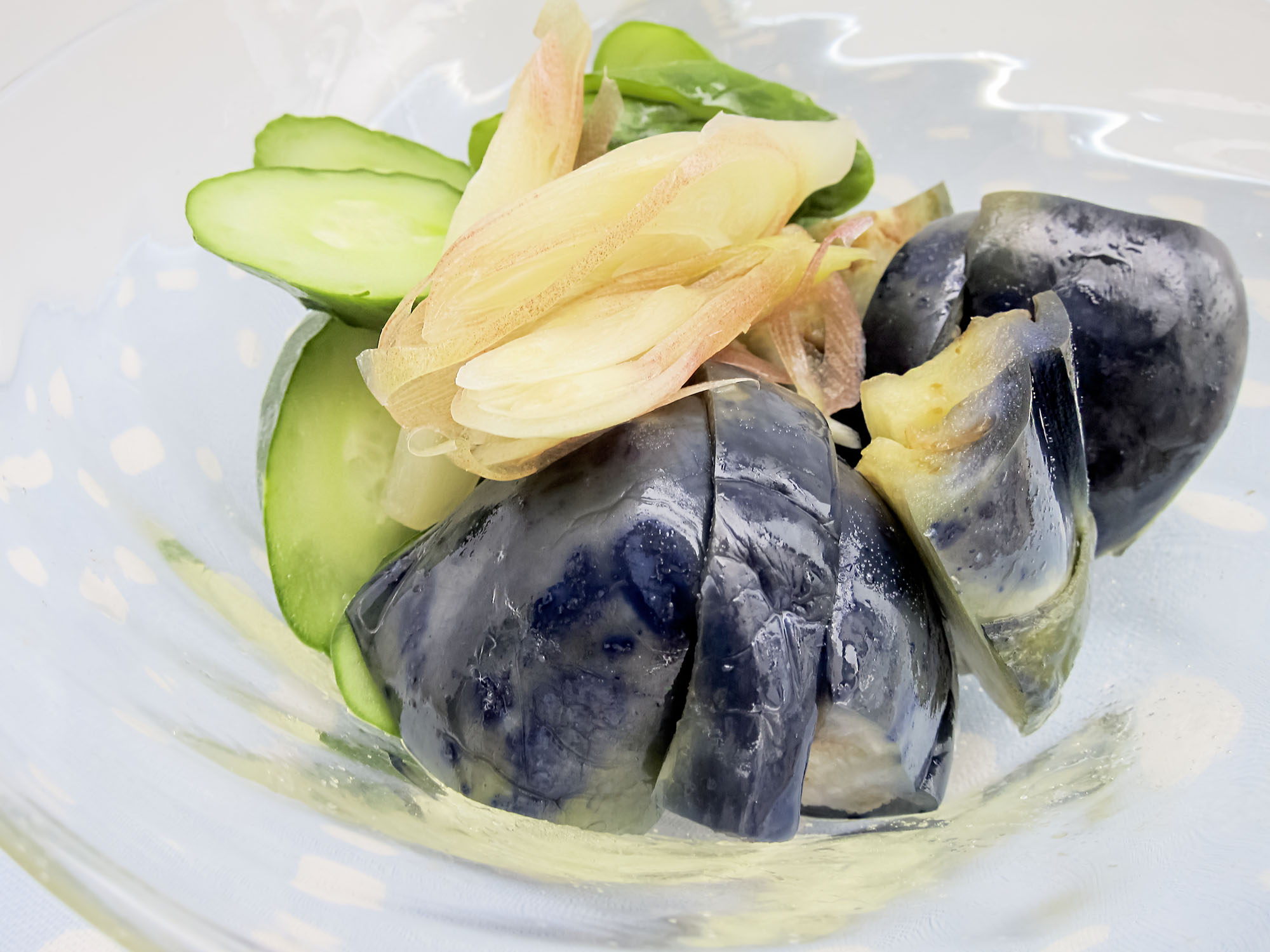The nukazuke method of pickling vegetables in a fermented rice bran bed called a nukadoko was developed in the 17th century. Since vegetables pickled in a nukadoko absorb Vitamin B1 from the rice bran, they helped to prevent beriberi, an illness stemming from a lack of the vitamin that was so prevalent in Edo (present-day Tokyo) that it was called "the Edo disease."
These days, nukazuke pickles are back in the nutritional spotlight as a probiotic food, a great source of gut-friendly microorganisms.
Nukazuke pickles are usually eaten after being in the nukadoko for one or two days, while they are still fresh and crisp yet packed with salty-sour, sweet umami-rich flavor. The longer the vegetables are left in the nukadoko the stronger the flavor they will develop. The most famous type of preserved nukazuke is takuan, which is made with dried daikon.

















With your current subscription plan you can comment on stories. However, before writing your first comment, please create a display name in the Profile section of your subscriber account page.